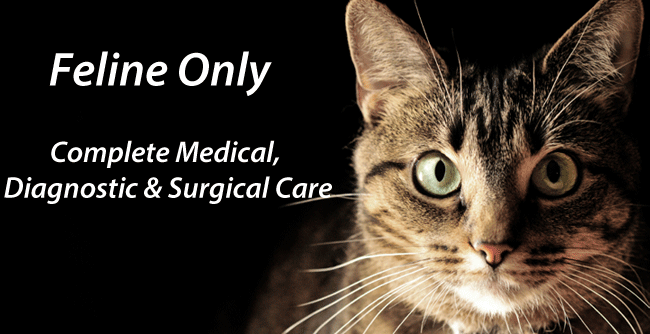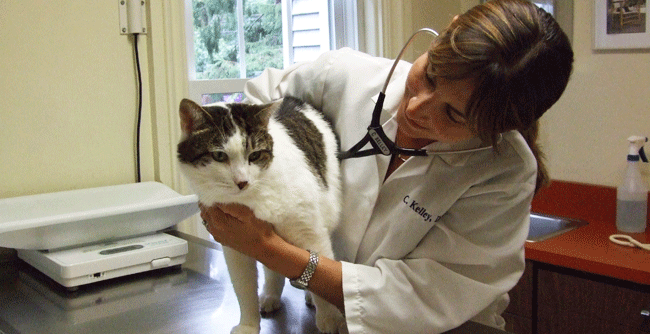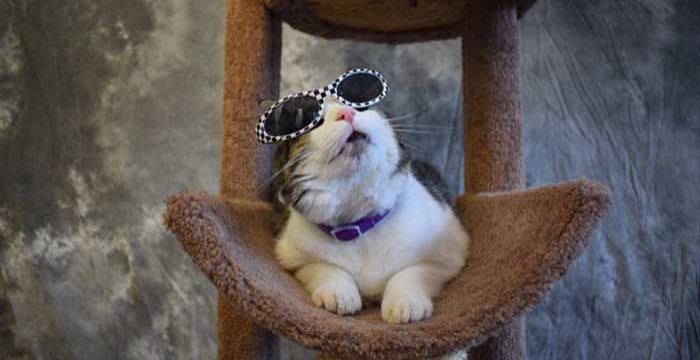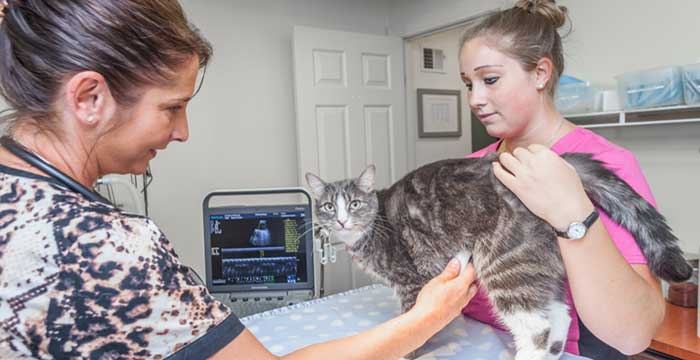Hopefully, you have never had a cat that refused to use their litter box. If you have, I’m sorry. It is probably the worst problem to have and one that I encounter all too frequently at the Cat Clinic of Plymouth.
Of course, many times the issue is a medical one and why I always recommend meeting with your feline veterinarian and having your cat examined. However, often times the issue is one that we unknowingly have created. So here are some pointers to avoid, prevent or even fix your cat’s unwillingness to use the litter box 100% of the time.
Cats are by nature very clean and want a desirable place to deposit their wastes. They are not much different from us in that respect. How many times have you walked into that lavatory only to walk out immediately deciding that being uncomfortable was worth not spending any more time in that room. I know I have done this many times.
Where is the litter box?
The first rule of thumb is making sure that there are adequate numbers of litter boxes in your home. This usually means one box per cat plus one. Having litter boxes in different living areas and different floors also helps. This insures that cats are not being blocked by other cats or humans in the household from getting to a litter box.
What is the litter box?
The next issue to consider is the box itself. They should be of adequate size to accommodate the size of the cat and allow them to turn around and comfortably posture for elimination. Litter box hoods are often a cause of concern for a cat making them uncomfortable getting into the litter box. Using a taller box without a hood can sometimes keep the litter in while still allowing the cat to feel comfortable.
Just as we would not want to use a dirty bathroom, cats don’t like a dirty litter box. Use a scooping litter that allows you to scoop waste at the very minimum daily. Having a larger number of litter boxes also helps to keep at least one acceptable at all times.

Cats tend to have a preference for the type of litter that is used as well as the amount of litter. Most cats seem to prefer 2-3 inches and tend to avoid litter liners. If you are using a scented litter try unscented. If you are using a pelleted product try a sand product. Every cat can be different on the type of substrate they wish to scratch in to cover their waste. Instinctively, they want to cover their waste to avoid detection from predators.
These simple tips may avoid a problem in the future but what about fixing a problem that has already started? Again, I recommend a meeting with and a full exam from your veterinarian complete with lab work to rule out a medical condition. Often times, infections or metabolic diseases can contribute to an ongoing problem and the litter box issue may be the only symptom.
Once a medical condition is ruled out, your veterinarian might suggest medications to help with stress if that is appropriate. However the above rules still must be followed to ensure success. Adding litter boxes, moving them to the desirable locations and addressing stress with Feliway Diffusers and environmental stimulation also will help. See my blog on www.catclinicplymouth.com/blog.
By Cassandra Kelley DVM



